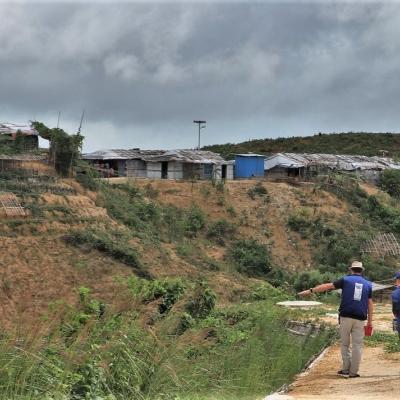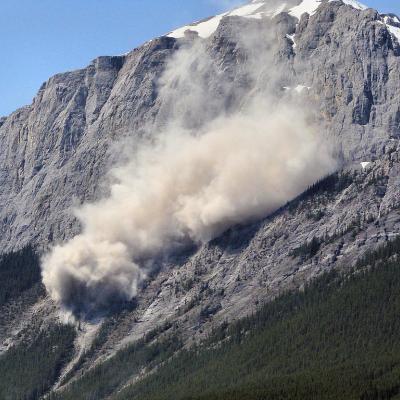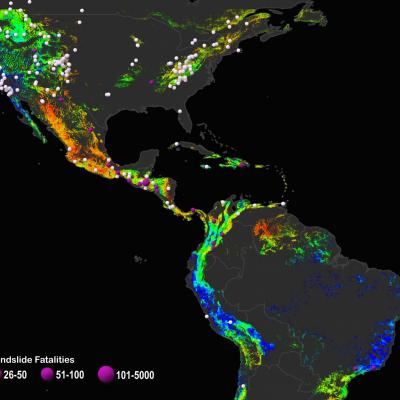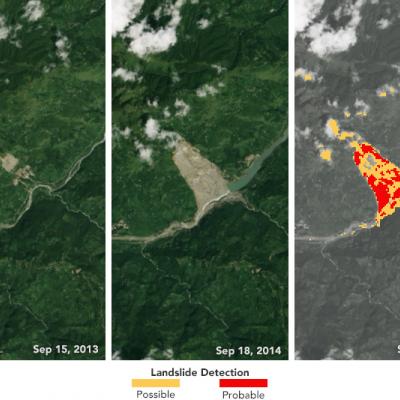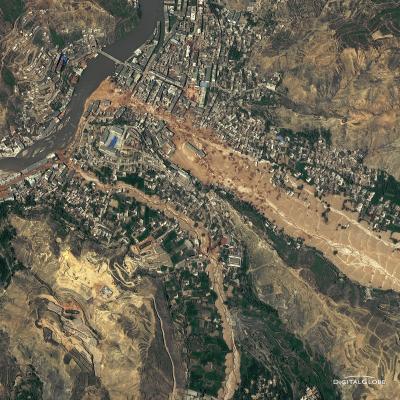Landslides
Landslides are one of the most pervasive hazards in the world, resulting in more fatalities and economic damage than is generally recognized. Saturating the soil on vulnerable slopes, intense and prolonged rainfall is the most frequent landslide trigger, but seismicity, river undercutting, freeze-thaw processes, and human activity can also cause extensive and devastating landslides.


